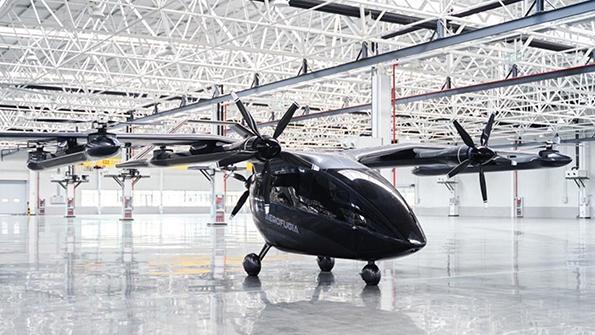
Credit: Geely Aerofugia
China’s advanced air mobility industry has moved into high gear with the rollout of two new full-scale technology demonstrators and the launch of another startup. Aerofugia and Volant unveil demonstrators Vertax joins list of eVTOL startups Geely Aerofugia, a subsidiary of Chinese automaker Geely...
Subscription Required
This content requires a subscription to one of the Aviation Week Intelligence Network (AWIN) bundles.
Schedule a demo today to find out how you can access this content and similar content related to your area of the global aviation industry.
Already an AWIN subscriber? Login
Did you know? Aviation Week has won top honors multiple times in the Jesse H. Neal National Business Journalism Awards, the business-to-business media equivalent of the Pulitzer Prizes.

